Alta Via 1 is a classic high‑route trek weaving through the rugged, stunning peaks of the Dolomites in northeastern Italy. The trail spans roughly 120 kilometers, crossing the provinces of Belluno and South Tyrol. It is prized for its dramatic limestone walls, broad meadows, and scenic rifugios (mountain huts). Hikers love it for its breathtaking panoramas, well‑maintained path, and the rich alpine ambience it offers—a top choice for trekking enthusiasts worldwide. Alta Via 1 Trek – Dolomites, Italy.
Best Time to Visit
The ideal window to hike Alta Via 1 is late June to mid‑September.
- Late June–early July brings melting snow, lush trails, and wildflowers.
- Mid‑July to August delivers long daylight hours, fully open huts, and vibrant alpine life.
- September offers crisp air, golden larch trees, and fewer hikers.
Avoid late spring or early autumn when patches of snow can linger at higher elevations or rifugios may be closed.
How to Reach
Getting there is surprisingly straightforward:
- By Air: Fly into Venice Marco Polo (international hub) or Verona. From there, rent a car or take regional transit to Cortina d’Ampezzo or Dobbiaco—typical starting points.
- By Train: Trenitalia links Venice and Verona with Belluno or Fortezza. From these towns, local buses run to key trailheads like Rifugio Auronzo, Rifugio Lagazuoi, or Toblach (Dobbiaco).
- By Road/Car: Renting a car gives you flexibility. From Venice, it’s a scenic drive of around 2.5 hours to Cortina d’Ampezzo, then onwards to trail entry villages.
Entry Fees and Permits
No entry fees or special permits are required to hike the Alta Via 1 route. Access to trails and public land is free. Rifugio overnight stays and meals are priced individually (subject to change), so plan a flexible budget around those costs.
Food Availability and Meal Options
Mouthwatering and practical:
- Rifugios serve hearty Italian mountain fare—polenta, pasta, soups, local cheeses, canederli (dumplings), and more. Breakfasts often include cereals, bread, fruit, and coffee.
- Meals are available at most huts along the trail, usually by lunchtime and dinner. Arrive early in the evening to secure a meal.
- On longer stretches or in quieter huts, bring lightweight snacks: energy bars, dried fruit, or nuts. Alta Via 1 Trek – Dolomites, Italy.
Packing List and Essentials
Pack smart and light. Key items include:
- Lightweight backpack (35–45 L)
- Moisture‑wicking base layer, insulating mid‑layer, waterproof shell
- Sturdy trekking boots, plus spare socks
- Lightweight trekking poles
- Sun hat, sunglasses, sunscreen
- Reusable water bottle or hydration bladder (many huts offer water refill)
- Travel towel, headlamp, basic first‑aid kit
- Map—or offline GPS—guide book, power bank
- Lightweight sleeping sheet (some rifugios require you to bring it; check in advance)
Safety Tips and Local Regulations
Stay safe and respectful:
- Always check weather forecasts; Dolomite weather can change fast. Turn back if thunderstorms appear.
- Use marked trails. Stick to yellow‑blazed or red‑blazed routes and don’t deviate into closed or unstable areas.
- Rifugios are seasonal—know their opening dates and reserve in advance where possible.
- Leave no trace—carry out your trash, respect nature, and follow mountain etiquette.
- If you face emergency or need mountain rescue, call Italian emergency services (112 works across Europe).
Tips for Beginners or First‑Time Visitors
- Start with shorter sections—allow a rest day in Cortina or Dobbiaco.
- Consider joining a guided group for your first trek to learn pace and terrain rhythm.
- Pace yourself; walk slow and steady, especially on steep ascents or loose gravel.
- Acclimatize—you’ll be hiking between 1,700 m and 2,700 m. Higher altitudes can fatigue you more quickly.
- Use trekking poles to ease strain on knees and improve balance.
- Embrace the rhythm of hut life—arrive, refresh, relax, and enjoy a simple but satisfying dinner. Alta Via 1 Trek – Dolomites, Italy.
Local Customs and Cultural Etiquette
The Dolomites lie at the crossroads of Italian and Germanic culture—especially in South Tyrol. Be aware:
- Language: Italian and German are common; English is understood in tourist areas. A polite “Grazie” (thank you) or “Danke” (thank you) goes a long way.
- Quiet hours: Rifugios often enforce quiet hours after meals. Respect this tradition to let everyone rest.
- Pace: Mountain life is calm. Slow your pace, take breathers, and enjoy serene surroundings.
- Recycling: Italians take waste separation seriously. Many huts expect you to sort your trash—paper, plastic, organic.
- Greeting: A nod or a friendly “Buongiorno” (good morning) at dawn sets a warm tone.
FAQ Section
How long does the trek take?
Typically 8 to 12 days, depending on pace and whether you include rest days.
What is the difficulty level?
Moderate to challenging. Trail includes steep climbs, scree fields, and high‑altitude terrain. Not technical, but physically demanding.
What’s the altitude range?
Trail generally runs between 1,500 m and 2,700 m above sea level.
Are there restrooms?
Yes—rifugios have basic facilities (often pay‑per‑use). There are no toilets on the trail itself; carry toilet paper and use designated hut facilities where possible.
Is there mobile phone reception?
Reception is spotty. Some rifugios may have Wi‑Fi or cellular signal; don’t depend on connectivity—download maps offline.
How many kilometers per day?
Expect 10 to 20 km per day. Distance varies by chosen section and elevation change.
Do I need to reserve rifugio stays?
Not always, but in peak season they fill quickly. Reserving a few days in advance is wise.
Will I need climbing gear?
No. Standard hiking gear suffices. The path is well‑marked and doesn’t require technical equipment.
What about drinking water?
Local huts provide potable water. You can refill your bottle frequently. Carry purification tablets just in case.
Final Thoughts
Hiking Alta Via 1 is an unforgettable chance to explore high alpine beauty, charming huts, and rich cultural landscapes. This guide gives you everything—from what to pack to local etiquette—to hike confidently. Safe travels and enjoy every mountain view! Alta Via 1 Trek – Dolomites, Italy.
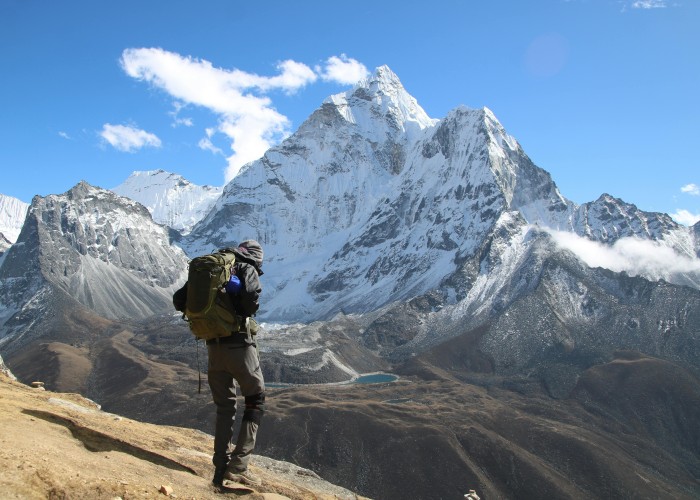

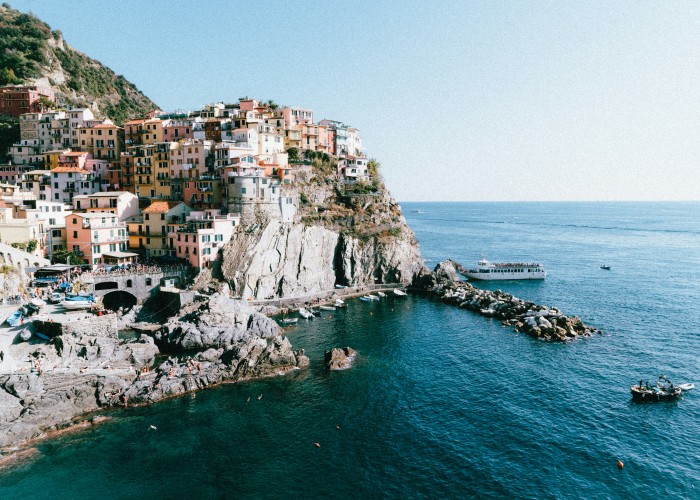
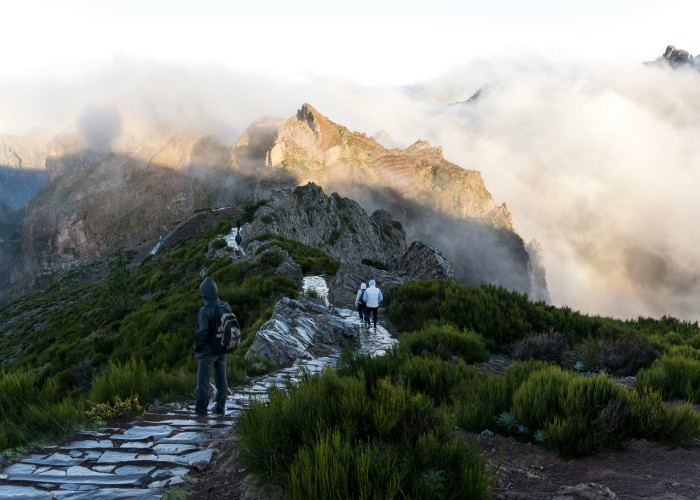
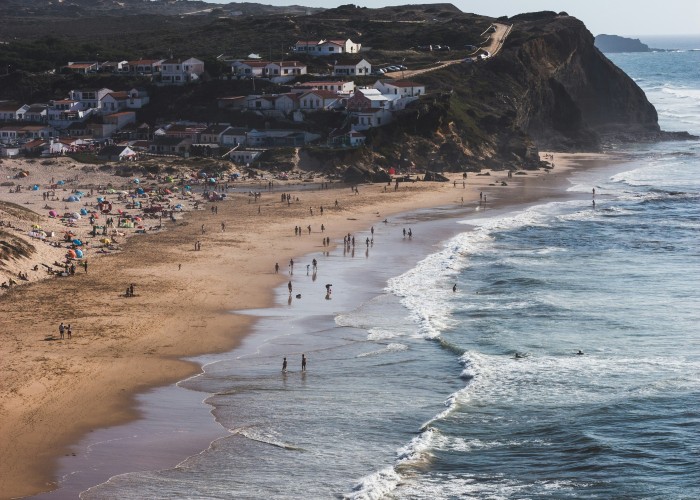
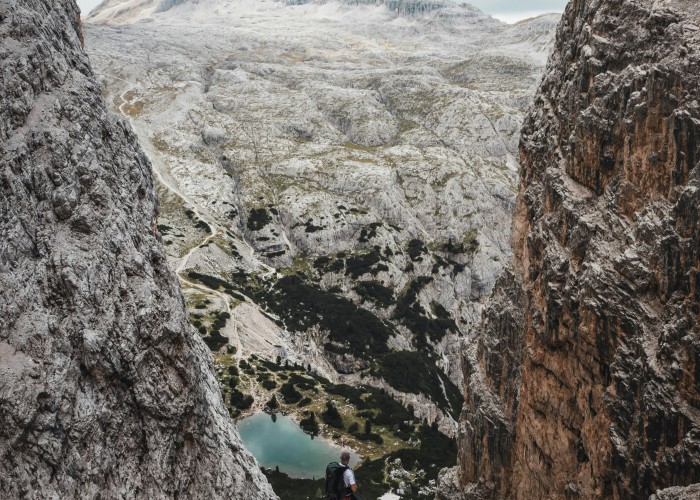
Leave a Reply